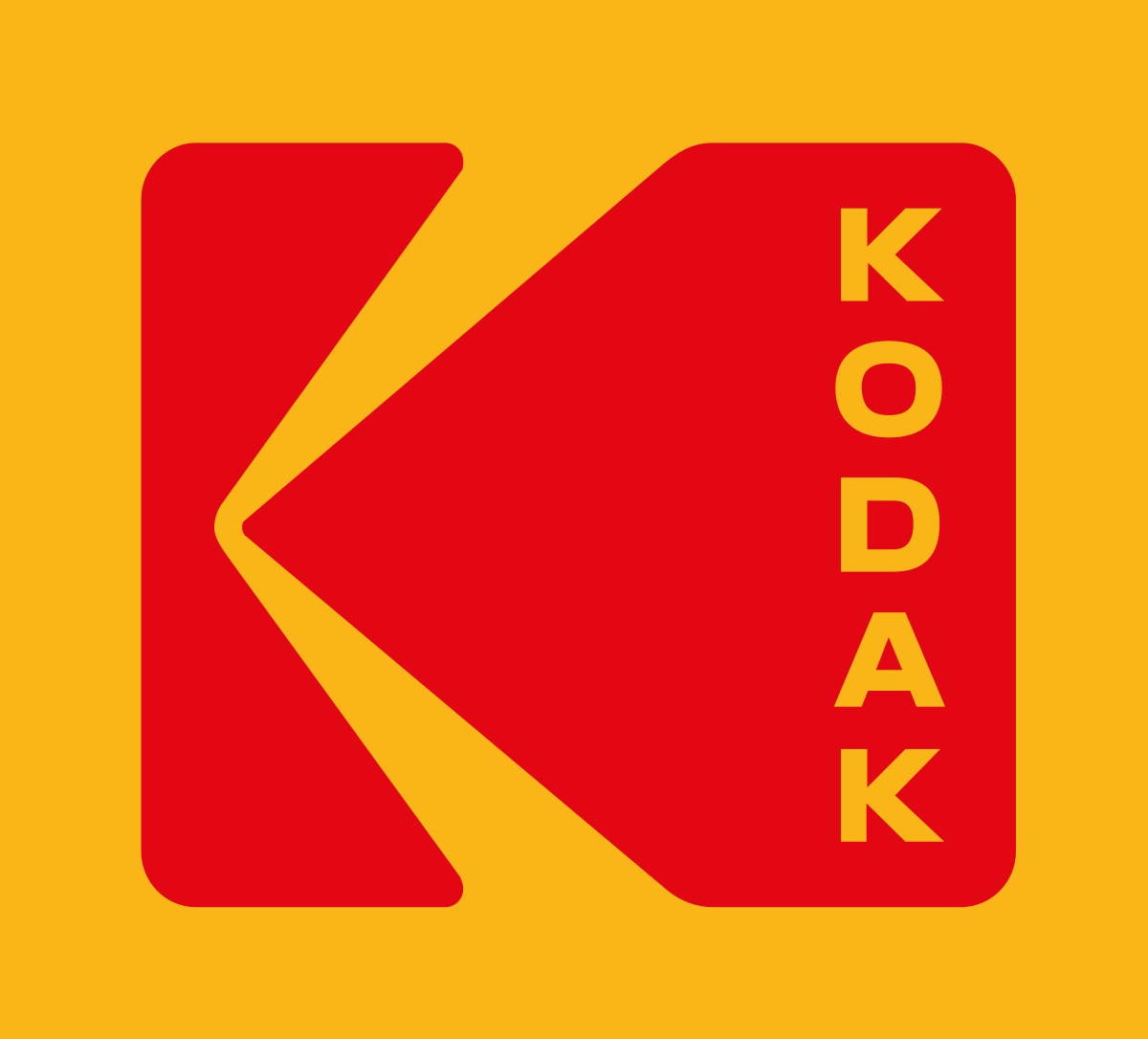In the annals of business history, few tales are as poignant and instructive as that of Eastman Kodak Company. Once an indisputable giant in the world of photography, Kodak’s journey is a narrative of triumph, tragedy, and the inexorable pace of technological evolution. In this exploration, we delve into the rise and fall of Kodak, extracting invaluable business lessons from its storied past that are pertinent for entrepreneurs and corporations navigating the turbulent seas of innovation.
The Dawn of Kodak:
Founded by George Eastman in 1888, Kodak was at the forefront of photographic innovation. It introduced the revolutionary concept of the “Kodak Camera,” a portable device that made photography accessible to the masses. Kodak’s emphasis on simplicity and user-friendliness marked the beginning of a photographic revolution, transforming an intricate and cumbersome process into something that anyone could engage in.
Lesson 1: Embrace Innovation, But Beware of Complacency
Kodak’s initial success was rooted in its ability to harness cutting-edge technology for the benefit of consumers. However, as the company established its dominance in the market, a sense of complacency set in. The very innovation that propelled Kodak to the summit became a double-edged sword. The lesson here is clear – continuous innovation is not just a choice but a necessity for businesses aiming to stay relevant in rapidly evolving industries.
The Digital Crossroads:
The turning point in Kodak’s journey arrived with the advent of digital photography. Despite being one of the pioneers in developing digital camera technology, Kodak struggled to embrace this paradigm shift fully. The company’s reliance on film and its hesitation to transition into the digital realm would prove to be a fatal misstep.
Lesson 2: Anticipate Technological Shifts and Adapt Swiftly
Kodak’s failure to foresee the widespread adoption of digital photography serves as a stark reminder of the importance of anticipating technological shifts. Successful businesses must be agile and proactive, recognizing the signs of change and adapting their strategies accordingly. In a rapidly evolving marketplace, the failure to pivot can lead to irrelevance.
The Importance of Strategic Vision:
Kodak’s decline was not solely a consequence of technological oversight; it was also rooted in strategic miscalculations. The company’s leaders, at times, lacked a cohesive vision for navigating the digital landscape. The failure to articulate and execute a clear strategy in the face of changing market dynamics left Kodak adrift in uncertain waters.
Lesson 3: Craft a Clear and Adaptive Strategy
For businesses, having a strategic vision is paramount. A well-defined strategy serves as a compass, guiding decision-making and resource allocation. However, it is equally crucial for this strategy to be adaptable. A rigid adherence to outdated plans can prove disastrous in an environment where change is the only constant.
Bankruptcy and Beyond:
In 2012, Kodak filed for bankruptcy, marking the end of an era for the once-dominant photography giant. However, Kodak’s story doesn’t conclude with bankruptcy; rather, it serves as a testament to the potential for rebirth. In the aftermath of its financial woes, Kodak shifted its focus to new ventures, including digital printing, functional printing, and advanced materials.
Lesson 4: Learn from Failure and Pivot
Kodak’s journey teaches us that failure is not the end; it is an opportunity for reinvention. Businesses that can learn from their mistakes, adapt to new realities, and leverage their existing strengths in innovative ways can navigate through challenges and emerge stronger on the other side.
The Resurgence of Kodak:
In recent years, Kodak has made efforts to reinvent itself in the digital age. The company has explored opportunities in blockchain technology, pharmaceuticals, and other high-tech sectors. While the success of these endeavors remains to be seen, Kodak’s resilience and willingness to explore new frontiers demonstrate the potential for reinvention even after significant setbacks.
Lesson 5: Embrace Reinvention and Diversification
Kodak’s journey post-bankruptcy underscores the importance of embracing reinvention and diversification. Businesses that are willing to explore new avenues, leverage their core competencies in innovative ways, and adapt to changing market demands can position themselves for a successful resurgence.
Kodak’s odyssey through the landscape of business history is a compelling narrative that encapsulates the triumphs and tribulations inherent in the pursuit of innovation. The lessons derived from Kodak’s journey serve as guideposts for businesses seeking to navigate the complex and dynamic terrain of today’s markets. The imperative to embrace innovation, anticipate technological shifts, craft adaptive strategies, learn from failure, and embrace reinvention are timeless principles that can guide businesses toward enduring success in an ever-evolving business landscape.
As we reflect on Kodak’s story, let it be a reminder that, in the words of George Eastman himself, “You press the button, we do the rest” – a mantra that encapsulates the spirit of innovation that must permeate the ethos of every business endeavor.


